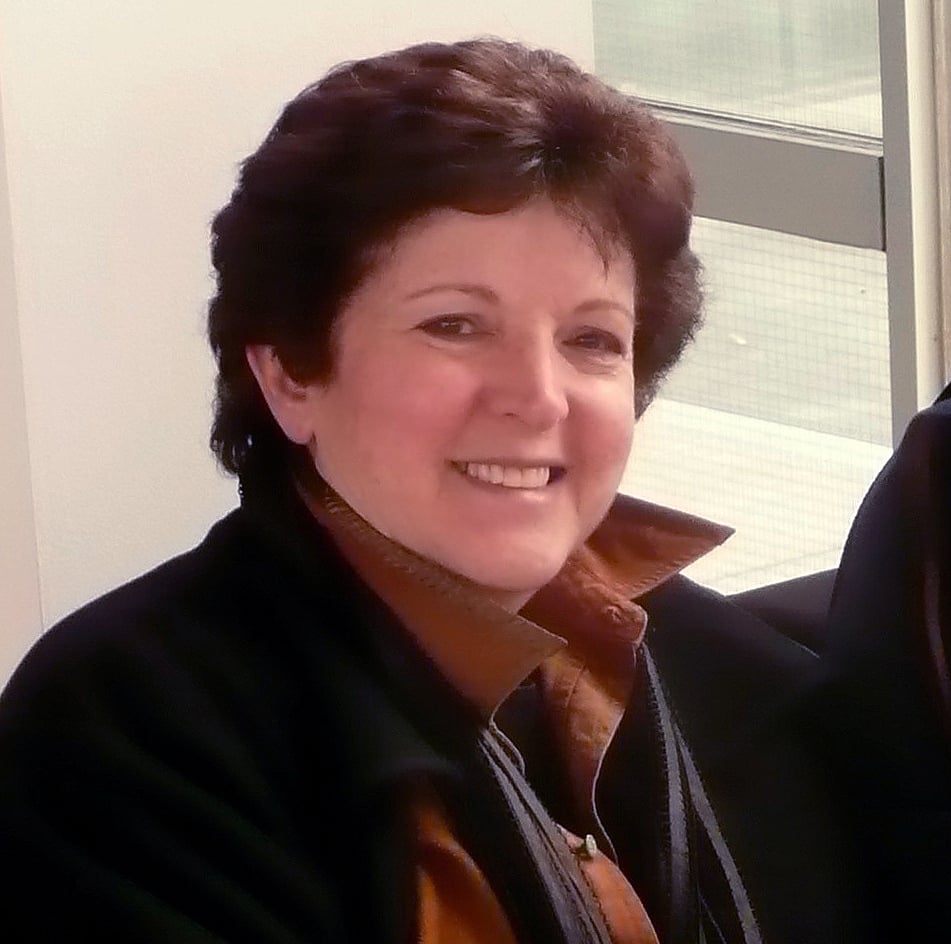
August 8, 2013
Q&A: Andrea Leers and Jane Weinzapfel on Creating Collective Spaces and Cultivating Like-Minded Clients
Successful female partnership defines the present and creates the future of a connected architecture practice
As one who came of age reading Betty Friedan, Germaine Greer, Gloria Steinem; heard Bella Abzug, New York’s unstoppable congresswoman pronounce, loudly, that “Woman’s place is in the House;” and witnessed the signing of the Equal Rights Amendment, I was convinced that America was on its way to genuine social equity. But I did not count on the snail’s pace of progress, or the conservative roadblocks that progressive thinking can crash into, or the enduring power of the establishment.
In reading Alexandra Lange’s Architecture’s Lean in Moment, I understood, more clearly than before, how everyone and everything–women and men, society and culture, environment and humanity–are diminished by persisting inequities.
The most recent firestorm, ignited by female architects and spread on the social networks, comes from the new generation connecting with the experience of those who went before them. This, newest chapter in the search for equal opportunity comes, blessedly, with significant role models, those who have figured out how to achieve success in a world bent on marginalizing them.
Here I begin my series of interviews with the principals of female-owned firms, like the partners in the Boston-based Leers Weinzapfel Associates, winners of the 2007 AIA Firm Award (the first female-lead office so recognized since the American Institute of Architects was founded in 1857). Andrea and Jane, professional partners since 1982, talk about researching, learning, teaching, practicing, and the world they have carved out for themselves, their employees and heirs, and the profession they continue to practice with great distinction.

Andrea Leers
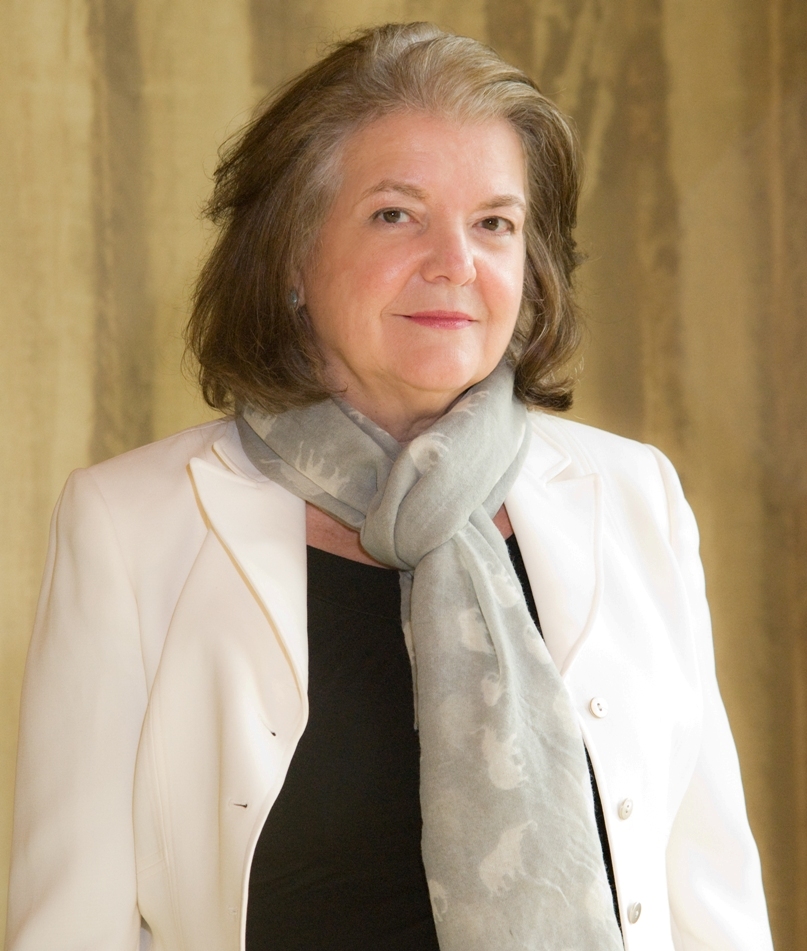
Jane Weinzapfel
Susan S. Szenasy: Your long-term partnership is a beacon of hope for diversity in the practice of architecture. But the profession has a long way to go, as we’re witnessing the ongoing inequities between female and male practitioners today. What have you learned during your 31 years in practice that would offer hope to the new generation looking for a more diverse approach to architecture?
Andrea Leers: We believe that determination and staying power, the belief that architecture makes a difference, and finding like-minded clients—seeking out clients who think being a woman is an asset, not an obstacle—remain important as they were when we started, but are even more crucial today for the new generation of women architects.
Among students, we are seeing an increase in cross-disciplinary degrees and are encouraged by the number of women doing architecture combined with urban design and landscape architecture degrees.
SSS: Starting with your inaugural year, your firm has been focused on the public realm in architecture. Can you talk about why this area is so important to the progress and relevance of the profession? And what you have learned about your area of practice through the years?
AL: Because we believe that architecture matters and can make a difference in people’s lives, working in an arena that benefits the most number of people makes sense to us.
We find the public/private distinction fairly artificial and prefer the distinction between collective and individual spaces. We like to work on collective spaces, whether it is a symbolic structure like a courthouse that stands for our consensual democracy; a campus center where people come together to relax, study, and debate; or a community recreation building that provides young people with an alternative to the streets.
Working in the public realm for government clients at the city, state, and federal level requires an understanding of and patience with their process. Over the years, we have learned to work more effectively and efficiently within this system. Fortunately, there are an increasing number of public agencies that now value design excellence—which was not widely the case when we began our practice—and support architects in doing their best work.
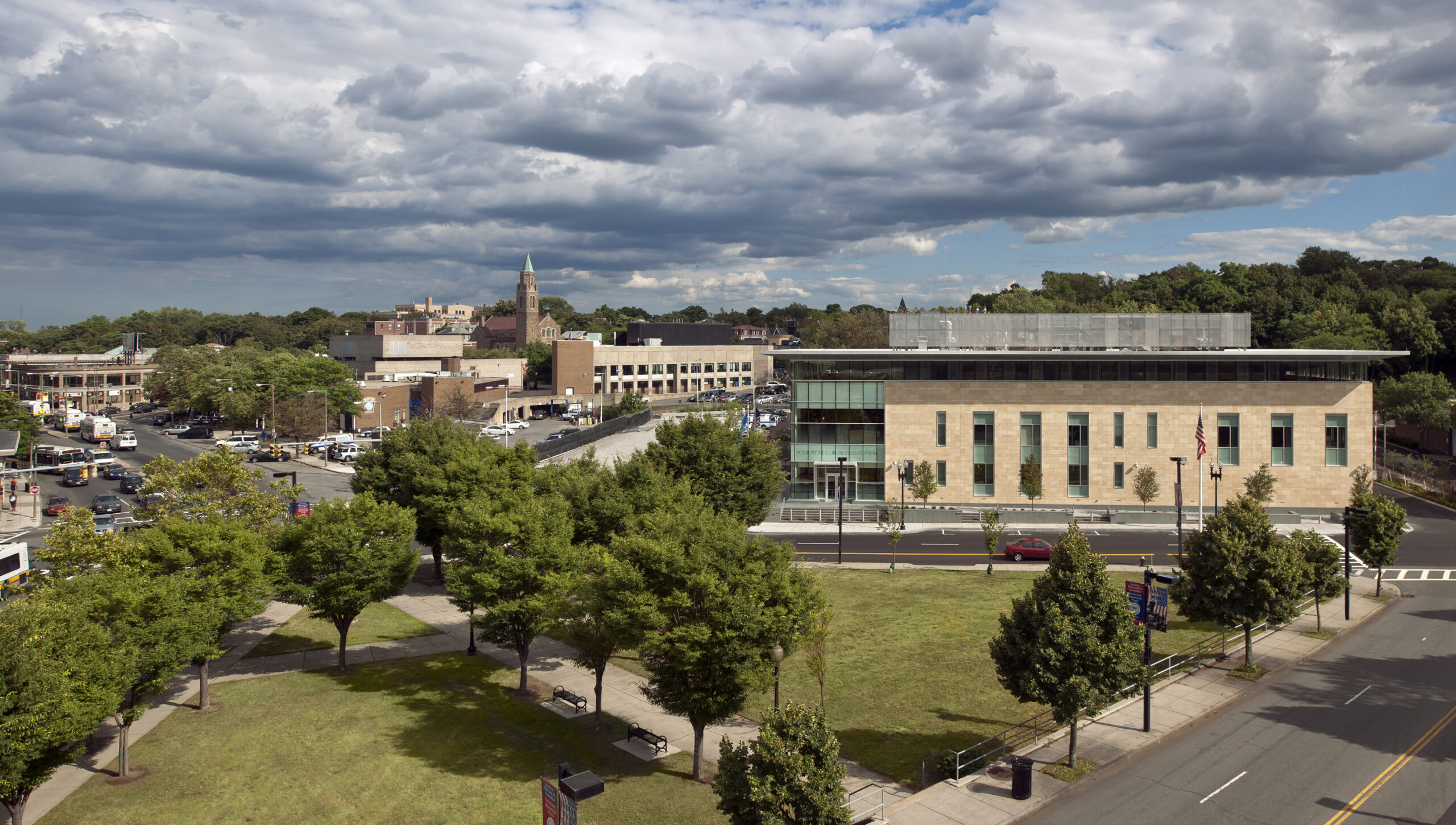
Area B2 Dudley Square Neighborhood Police Station.
Known as the “other downtown” at the beginning of the 20th century, Dudley Square is in the process of urban revitalization initiated by the Boston Redevelopment Authority, following the demolition of an elevated train line. The new police station, the City of Boston’s first LEED Gold certified building, will be the anchor for future development and the first step in its renaissance.
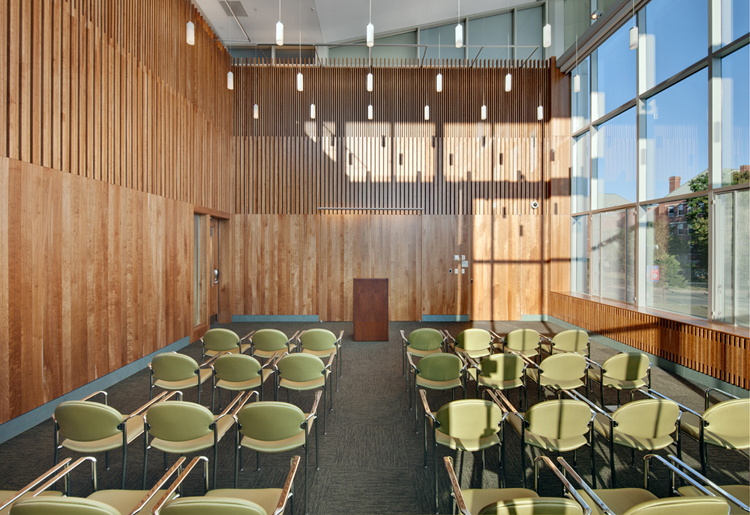
Community Room with natural ventilation and sun shading.
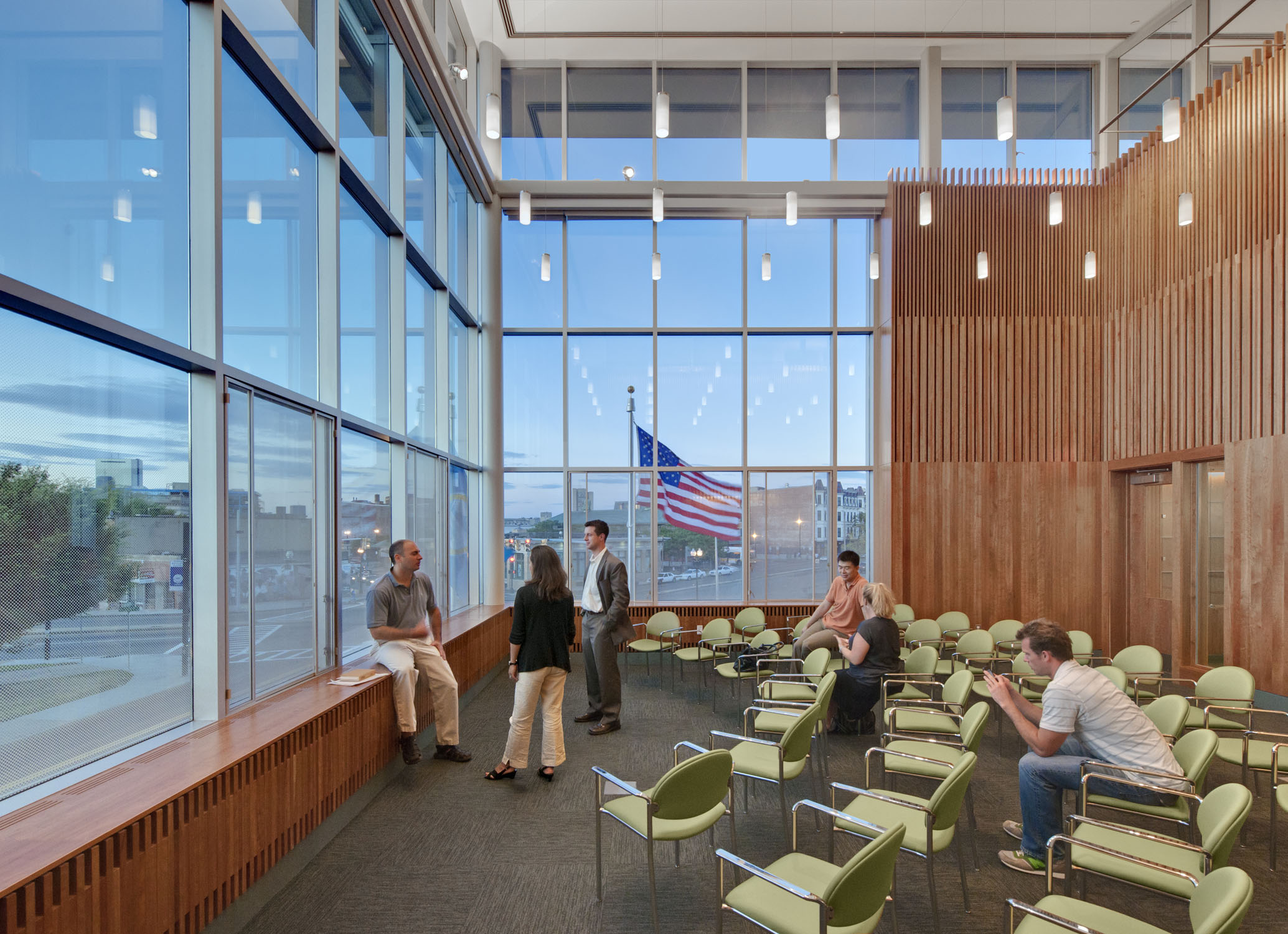
Area B2 Dudley Square Neighborhood Police Station
SSS: Both of you are known for your teachings in architecture and planning. I believe teaching the next generation of practitioners is key to any progressive architecture firm, both because they are digital natives and because of their fresh ideas and fearlessness; as well as the personal rewards teaching brings to professionals. Can you, from your own experiences, describe how teaching benefited your own area of practice, the firm, and what you learned in the classroom?
AL: Teaching continuously for more than thirty years has required me to articulate deeply held convictions about architecture, embrace new and challenging ideas, and has allowed me to do research with the combined efforts of many students over multiple years.
Many of the methods of advancing design work in school—principally the pin-up and discussion mode—have become the foundation of working in the collaborative environment of our practice. In fact, many interns remark that working in our firm has the feeling of continuing in the studio educational process.
Teaching has also been an important source of collegiality among other faculty and visiting architects from around the world and an essential part of the continuous learning experience. Mentoring students, women students in particular, has been an enormously rewarding experience, and we take enormous pride in their accomplishments.
Jane Weinzapfel: Within the Socratic environment of inquiry in our practice, we each are continuously learning. The next generation is both a spark plug of ideas and a sponge for information for us. Both modes contribute to the richness of the studio, our collaboration, and our work.
SSS: Both of you are also part of the public dialogue on architecture. Be this being part of US government programs or local institutions. Can you talk about what this involvement brought to your practice?
JW: We each participate in public review processes—GSA and State Department peer reviews, city and mayoral review commissions, state legislative reviews, and professional public interest committees. These activities have brought a zeal to persuasively communicate sustainable principles to all levels of our clients. Legislators and owners are interested, users are excited when informed of anticipated differences, and maintenance staffs are concerned about performance. Post-occupancy evaluations educate us all.
These reviews have also increased our awareness of the importance of doing one’s homework and speaking up publicly for programs that advance the public good, for example, in the case of Boston’s Central Artery Project, “The Big Dig,” or the repair of brownfield sites. They have also focused our energies on unexpected and even unglamorous projects with large impact, as in public transportation and infrastructure.
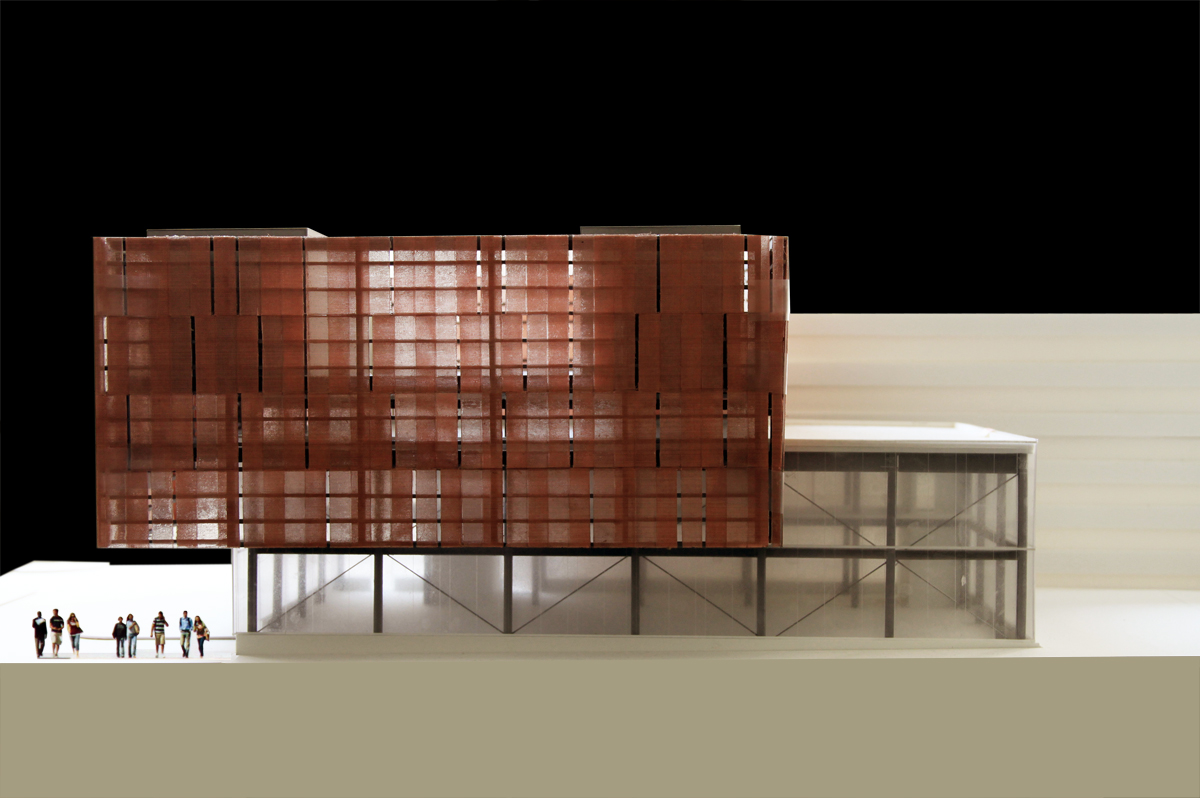
The Ohio State University East Regional Chilled Water Plant.
The building’s low, two-story, glazed rectangular volume housing six chillers is veiled and diaphanous on the exterior, with semi-transparent views looking out from the interior. A repeating pattern of clear glass and translucent fritted glass in three frit densities and four sizes offers a consistent variability.
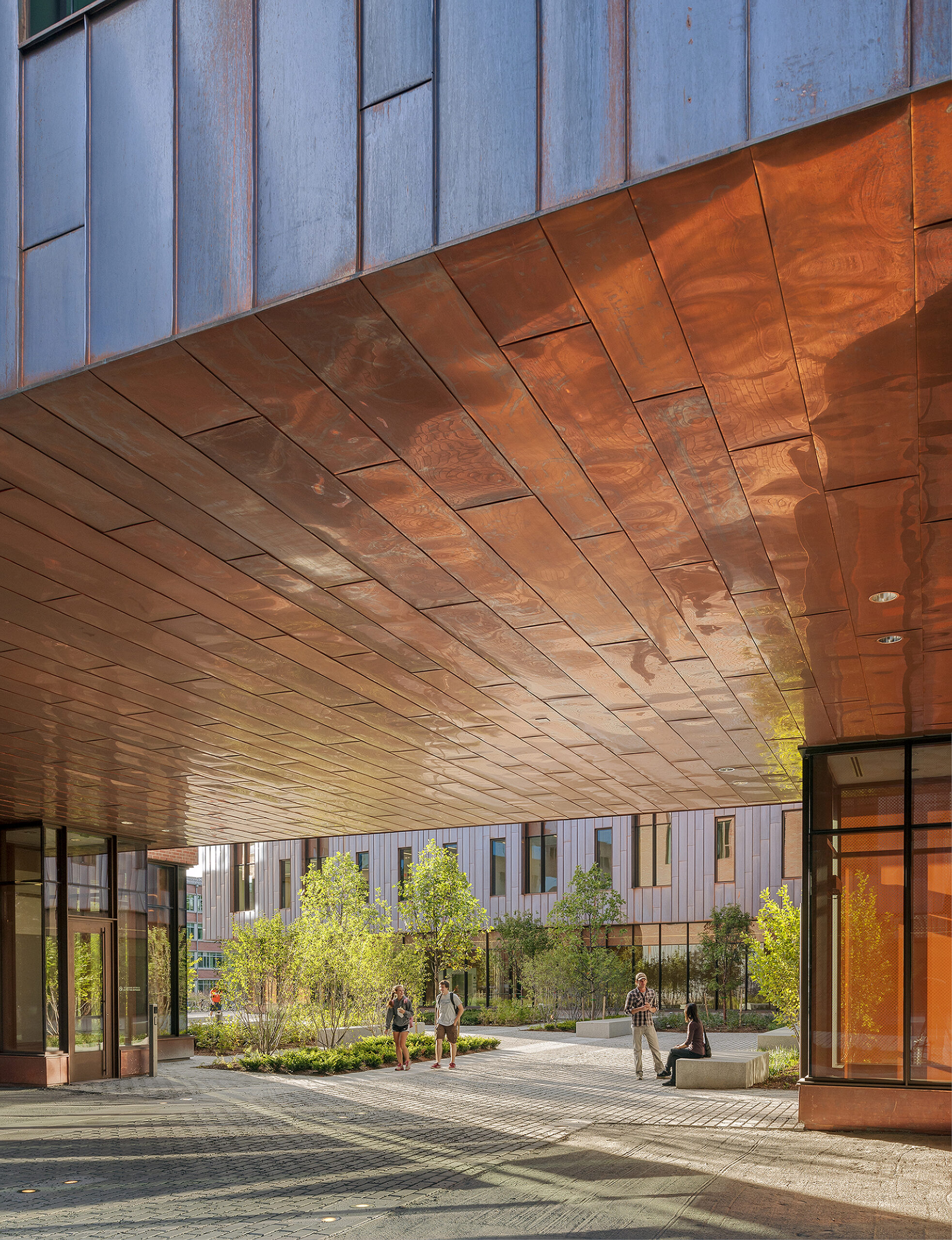
University of Connecticut Oak Hall, Social Science and Classroom Building. Storrs, CT
View from under bridge to the North Courtyard. The design challenge was to create an animated student magnet building to reinforce the central pedestrian crossroads of Fairfield and Academic Way and to address several campus master planning objectives. The two L-shaped brick wings of Oak Hall create an exterior public space comprised of two interconnected copper-lined courtyards, which are used in all seasons by individual students and classes. Oak Hall and its companion building Laurel Hall, also designed by the firm, are the first two LEED Gold classroom buildings on this campus.
SSS: I’m hearing too many mature firms express a kind of malaise about the profession today; they talk about how architecture is becoming irrelevant, that the power of architects has been dissipated, etc. But each time I hear you talk, look at what’s on your drawing boards, and hear about how the next generation in taking on leadership roles at Leers Weinzapfel Associates, I get a rush of optimism about the future of architecture. Can you deconstruct this glow of hope that comes out the two of you and, of course, your stellar staff?
JW: Architecture is increasingly relevant in supporting world humanist principles and impulses. We are more urban, and our cities need to be improved, making them more humane, safe, and invigorating—less banal and stultifying. We are more green, yet we can all be even smarter through research, education, participation, persuasive action, and politics.
This is the critical decade! We are more technically integrated, with powerful tools for collaboration, energy modeling, digital fabrication, and parametric design. We wonder how we can better harness these tools to expand the architectural experience for the public. We are more global and culturally blended and wonder how we can accommodate differing parallel dreams. Finally, we are more collaborative, enlarging our skills and viewpoints, promoting synergies and cooperation to build the future.
All Images Courtesy Anton Grassl/Esto





